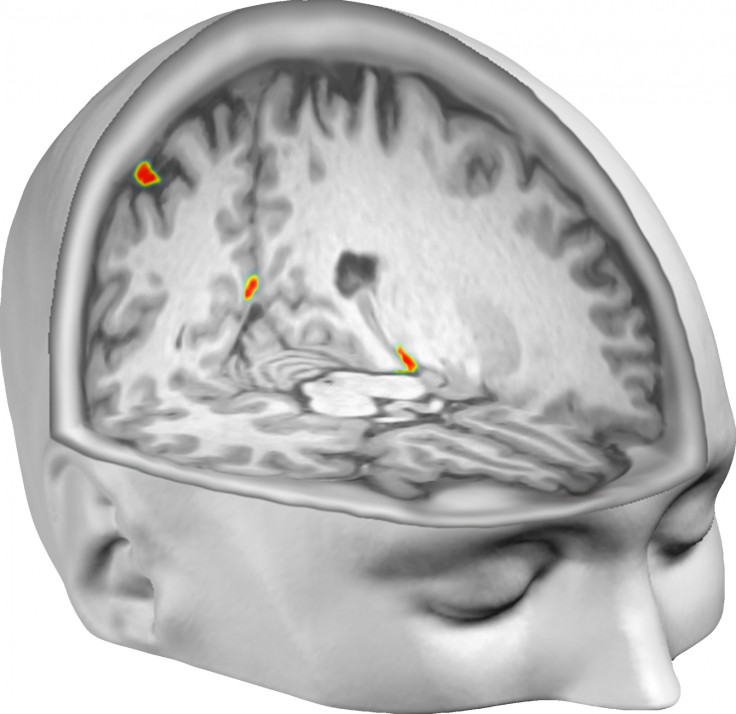Out-of-body illusion created in humans for first time paves way for teleoperations
An out-of-body illusion has been created for the first time in humans by scientists in Sweden, the results of which could pave the way for breakthroughs in virtual reality, teleoperations and the remote control of robots.
Neuroscientists at Sweden's Karolinska Institutet placed participants inside a brain scanner. They then perceptually teleported them to different locations in the room to show how the perceived location of the bodily self can be decoded through activity patterns in specific regions of the brain.
Published in the journal Current Biology, researchers placed participants inside a brain scanner with head-mounted displays. They then viewed themselves and the brain scanner from another part of the room. A third 'stranger' was also lying on the floor in the corner of the room.
Scientists then touched the person's real body on a part that was hidden from view from the participant. In synchronised time, the researchers also touched the body of the stranger in the same place as the physical body was touched.
"In a matter of seconds, the brain merges the sensation of touch and visual input from the new perspective, resulting in the illusion of owning the stranger's body and being located in that body's position in the room, outside the participant's physical body," said Arvid Guterstam, lead author of the study.
To further check if the illusion had worked, the scientists threatened the stranger's body with a knife and measured the participants' stress response – findings showed the knife led to increased sweating and neural activity in the fear centres of the brain.

This suggests the subjects had interpreted the stranger's body as their own. Further to this, when the participants' real physical body was threatened with a sledgehammer, there was a far lower stress response – as if that body belonged to someone else.
Internal GPS and sense of self
The sense of owning your body and being located at a specific point in space are fundamental. Extensive research has been carried out on rats to show regions of the brain contain GPS-like 'place cell's that tell the animal where it is in a room.
How this works in humans has, however, proved elusive. In this study, scientists were able to demonstrate a systematic relationship between the information content and the participants' perceived vividness of the illusion.
Explaining what was happening to the participants' internal GPS, principal investigator Henrik Ehrsson told IBTimes UK: "We're confusing it, one might say. We are confusing the sense of self location – where you are located in the scanner room. You have suddenly shifted and are not in the scanner. It would be a bit like the iPhone getting it wrong – trying to localise you in a street but getting it wrong."
He said that the work on rats has shown the brain's GPS is clearly relevant to their navigation and behaviour – but we do not understand a rat's sense of consciousness: "This study is the first where we can directly link human consciousness experiences – their conscious selves being located in the world, to changes in activity in this circuit.
"The more vividly they located themselves in this particular place, the more brain activity could be seen in the circuits. We're taking a big step forward compared with the work done in rodents to understand how we have this conscious sense of having an in-body experience in our everyday lives."
Future applications
The findings have wide-ranging applications for future technology, including virtual reality, teleoperations and the remote control of robots, Ehrsson said. It could also open up new avenues in research into conditions that cause out-of-body experiences.
"It's a proof of principle," he said. "The technology would be very challenging but the brain is ready to jump on board, so long as we can come up with the gadgets."
In terms of teleportation, he suggested the idea that you could teleport a surgeon from one hospital so they could perform surgery in another through a robot avatar teleoperator system: "You see through the eyes of the robot far away. When you move the robot mimics your movements in real time.
This work we have done here would suggest you can have a full blown body illusion and place illusion that the surgeon would experience to be right there in the surgical field ... or maybe even the battlefield."
© Copyright IBTimes 2025. All rights reserved.






















